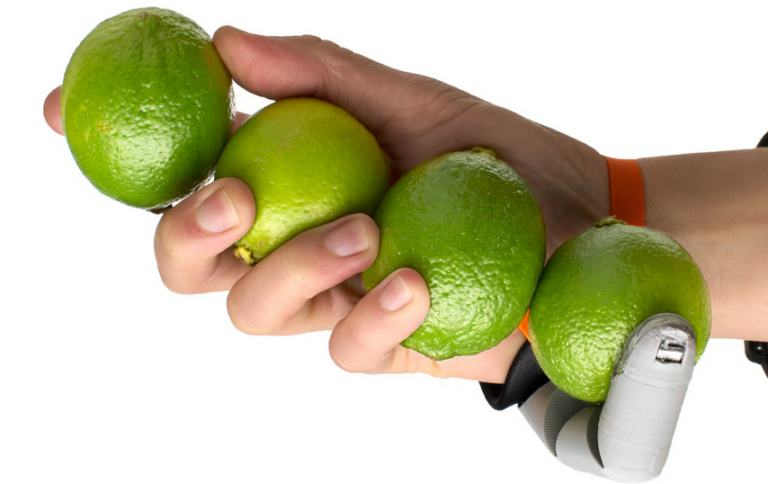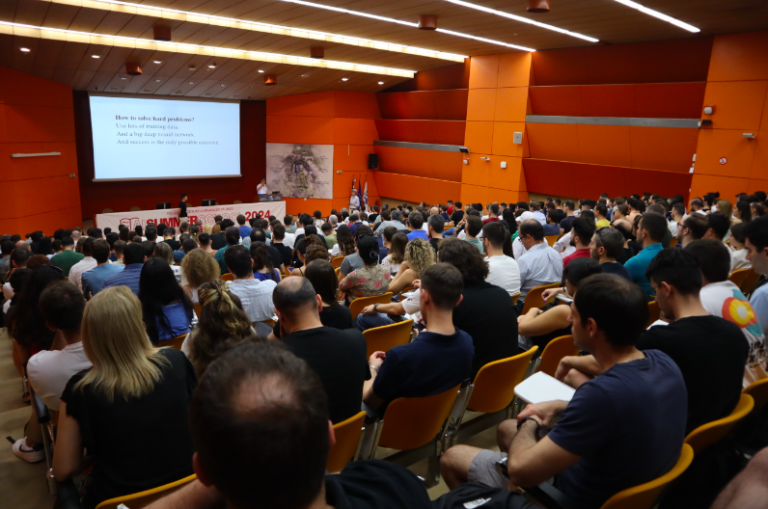Having an extra thumb on one hand may massively boost your manual dexterity, but wouldn’t it be hard to learn to use? Not according to a new study, which found that the majority of a wide variety of people got the hang of the thing in just one minute.
We first heard about the Third Thumb back in 2017, when it was created by British designer Danielle Clode as her Masters graduate project at the Royal College of Art in London.
At the heart of the device is the 3D-printed articulated Thumb itself, which is strapped onto the user’s right hand so it sits opposite their natural thumb. A cable connects the Thumb to a wrist-worn motor module, which is in turn wirelessly linked to two pressure sensors – one under each of the user’s big toes.
SpaceX to attempt 4th orbital Starship flight: How to watch
Exerting toe pressure on the right-side sensor pulls the Thumb laterally across the hand, whereas pressure on the left sensor pulls the digit up toward the fingers. The greater the toe pressure, the faster the Thumb moves. Releasing toe pressure causes the Thumb to go back to its “home” position.
Continue here: New Atlas
Ask me anything
Explore related questions





